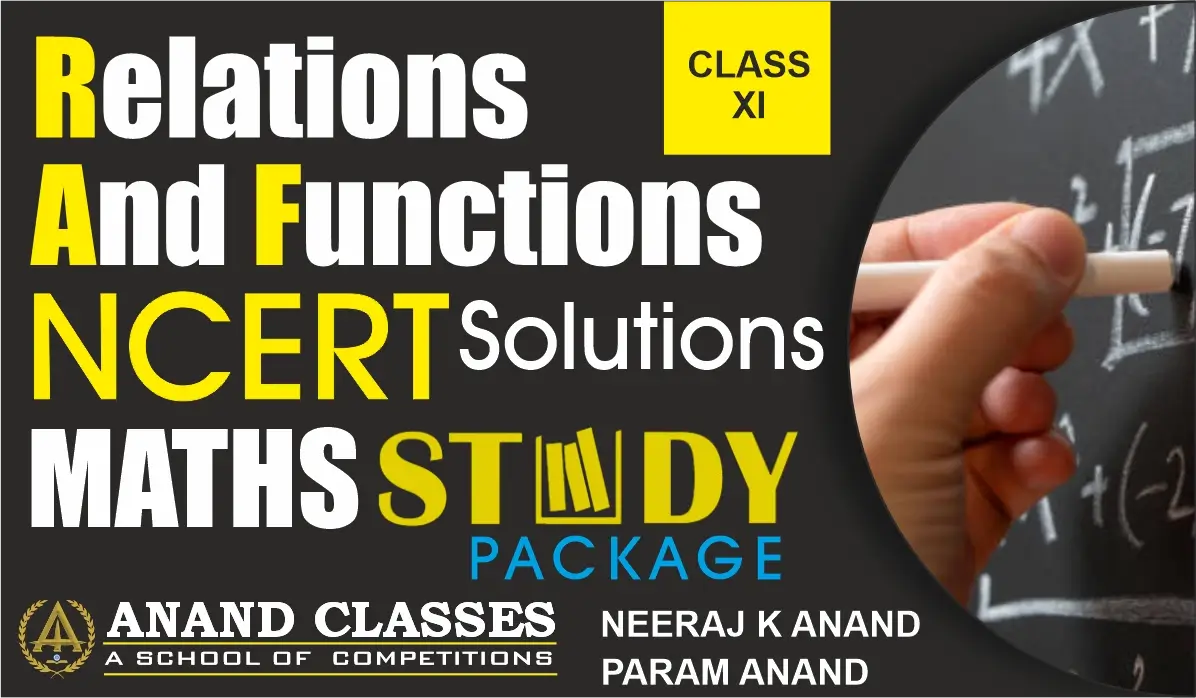Differential Equations NCERT Solutions Exercise 9.4 Chapter-9 Class 12 Math PDF Free Download (Set-3)
Anand Classes provides a detailed and free downloadable PDF of NCERT Solutions for Class 12 Maths Chapter 9 – Differential Equations, Exercise 9.4 (Set-3) designed to help students master the concepts of homogeneous differential equations through clear, step-by-step solutions. This set includes advanced problems that involve substitution methods such as y=vx, separation of variables, and integration techniques that build a solid understanding of calculus fundamentals. The solutions strictly follow the latest CBSE and NCERT syllabus, making them ideal for both board exam preparation and competitive exams like JEE Main. Each question is explained systematically by expert teachers at Anand Classes to enhance problem-solving accuracy and conceptual clarity. Click the print button to download study material and notes.


